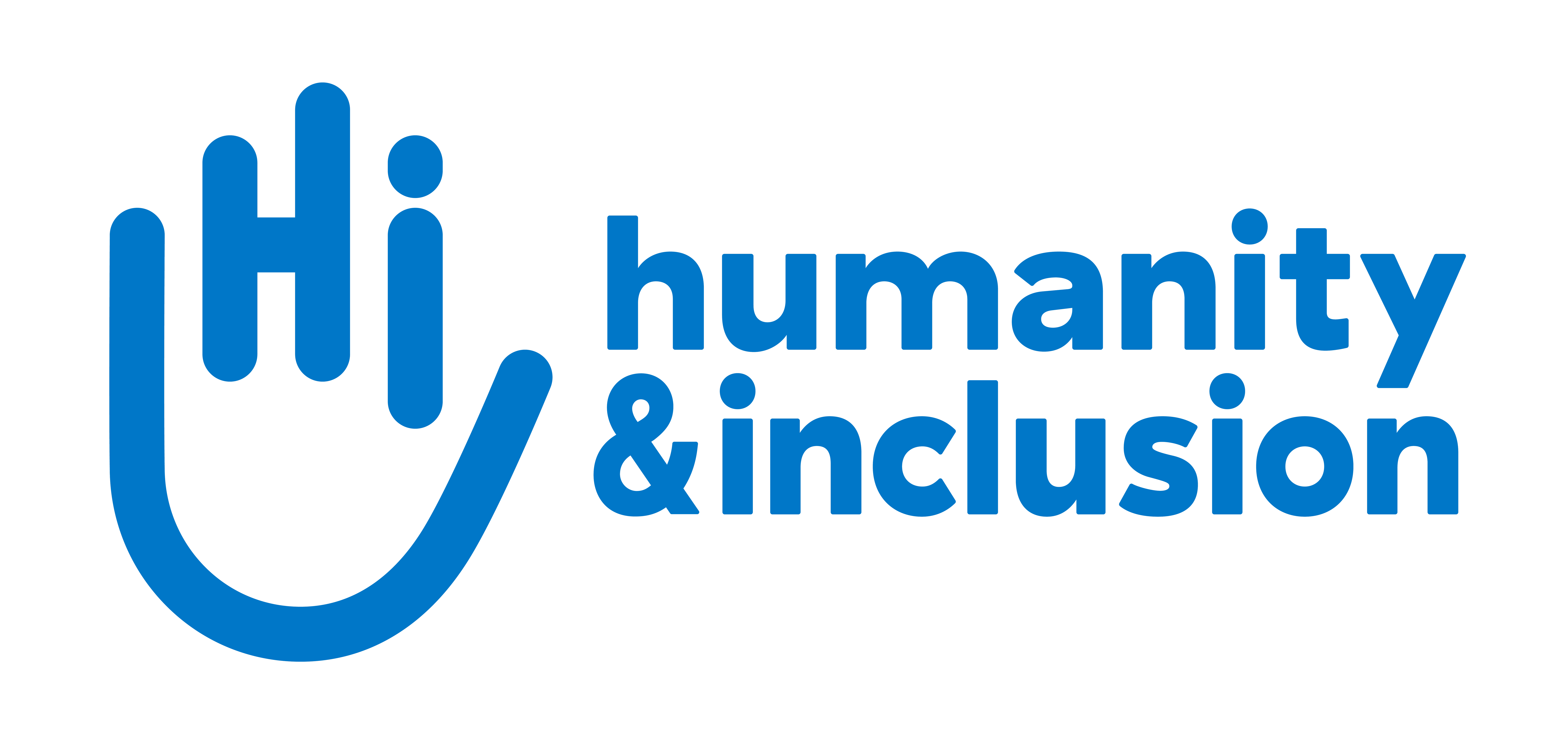In Uganda, people with disabilities are largely overlooked by humanitarian aid
Thousands of refugees with disabilities have been excluded from food aid. A silent crisis is worsening every day.

Nina* during her interview for HI’s survey. | © HI / 2025
More than 1.9 million people have found refuge in Uganda, fleeing conflicts in South Sudan, the Democratic Republic of Congo (DRC) and Sudan. But since May 2025, a massive reduction in food aid from the World Food Programme (WFP) has disrupted their daily lives.
A study carried out by HI among 1,280 refugees living with a disability in eight camps across the country reveals the scale of the tragedy: 42% of households with children with disabilities and 35% of people with disabilities have been excluded from all food aid.
Thousands of people without resources
This exclusion is the result of a new categorisation system introduced to deal with the drastic reduction in funding. Under this system, refugees are now classified by "priority", and those with the lowest priority - grouped in category 3, which represents 63% of refugees - no longer receive any food support.
In camps that are no longer accepting new refugees, the situation is even more alarming: more than half (54%) of households with children with disabilities and 52% of adults with disabilities are completely left out in the cold.
Lives turned upside down overnight
In Nakivale, Jeanne*, 55, fled the DRC with her husband and their children. Injured by bullets and sexually abused, she now has difficulty getting around and is undergoing rehabilitation. Their meagre income, derived from a small solar panel used to charge the neighbourhood's telephones, now only allows them to eat once a day - sometimes less. The children have left school, in particular to work in the fields.
In Kyangwali, Paul*, 45, paralysed, lives with his wife and their three children. Since the end of food aid, he has been unable to repair his tricycle, which is essential for his mobility. His wife can no longer look for work, having become his sole carer. The family survives only with the help of neighbours or by begging in the markets.
Like them, 31% of category 3 refugees say they have no way of coping with the situation. The rest try to survive by precarious means: 30% turn to agriculture, 20% do casual labor, and 11% resort to so-called "negative" strategies, such as begging or selling their basic possessions, with some even considering returning to dangerous areas.
A silent but massive crisis
Behind these percentages are thousands of vulnerable people, already scarred by trauma, whose daily lives have been plunged into extreme poverty. Nearly 9 out of 10 refugees living with a disability and excluded from aid express the wish to appeal, but most will not be able to receive help until new funding is allocated.
While new arrivals continue to arrive - more than 118,000 between January and July 2025 - only 12% of the funding needed for the year has been secured to date. In the meantime, entire lives are frozen in anguish and hunger.
* First names have been changed to ensure anonymity.





